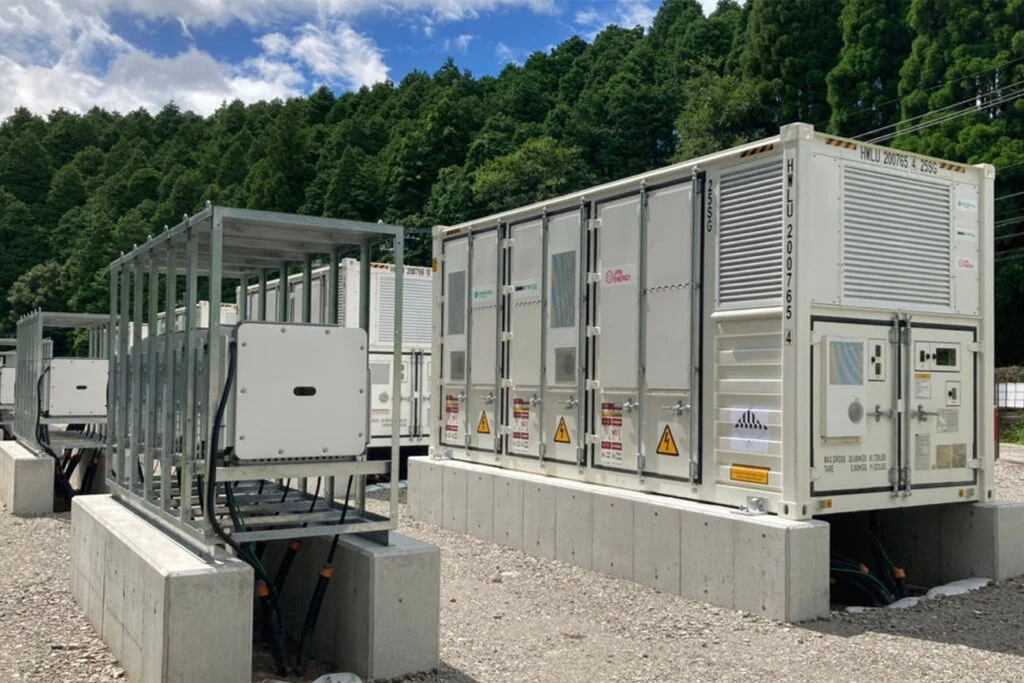BESS forecasts: Japan needs “tens of gigawatt-hours” of grid-scale storage by 2030
Japan’s near-term system needs are measured in tens of GWh of operational BESS by 2030 while government policy targets ~150 GWh/year of domestic cell production capacity — a market shift from niche balancing to material system flexibility.
Tokyo — September 18, 2025. Industry forecasts point to grid-scale battery requirements in the tens of gigawatt-hours by 2030 (market commentary commonly cites figures around ~40 GWh as a plausible near-term operational scale), driven by rapid renewables expansion and a policy focus on securing domestic supply chains

Concurrently, Japan’s Ministry of Economy, Trade and Industry (METI) has set an industrial target to lift domestic battery manufacturing toward 150 GWh per year by 2030, backed by subsidies and major industrial investments — a deliberate manufacturing push that supports both EV and energy-storage supply chains.
For market participants the implication is straightforward: near-term operational capacity (the batteries actually installed on the grid) will be measured in tens of GWh, while manufacturing scale (cells and packs) will grow faster to meet vehicle and storage demand — creating a multi-layered opportunity set for developers, aggregators and traders.
Why this matters beyond 2030: policy signals and corporate programmes indicate continued expansion of long-duration and distributed flexibility toward 2050 as Japan decarbonises (battery plus pumped hydro plus demand response). Early entrants who pair software-driven optimisation with disciplined asset selection will compound advantage as capacity scales from tens to potentially hundreds of GWh over the next decade.
Japan’s system needs are moving from “niche” to “material” (tens of GWh by 2030); METI’s 150 GWh/yr manufacturing target accelerates the supply-side response. Polyxena’s staged tolling + selective ownership + aggregator optimisation is a pragmatic fit for the transition